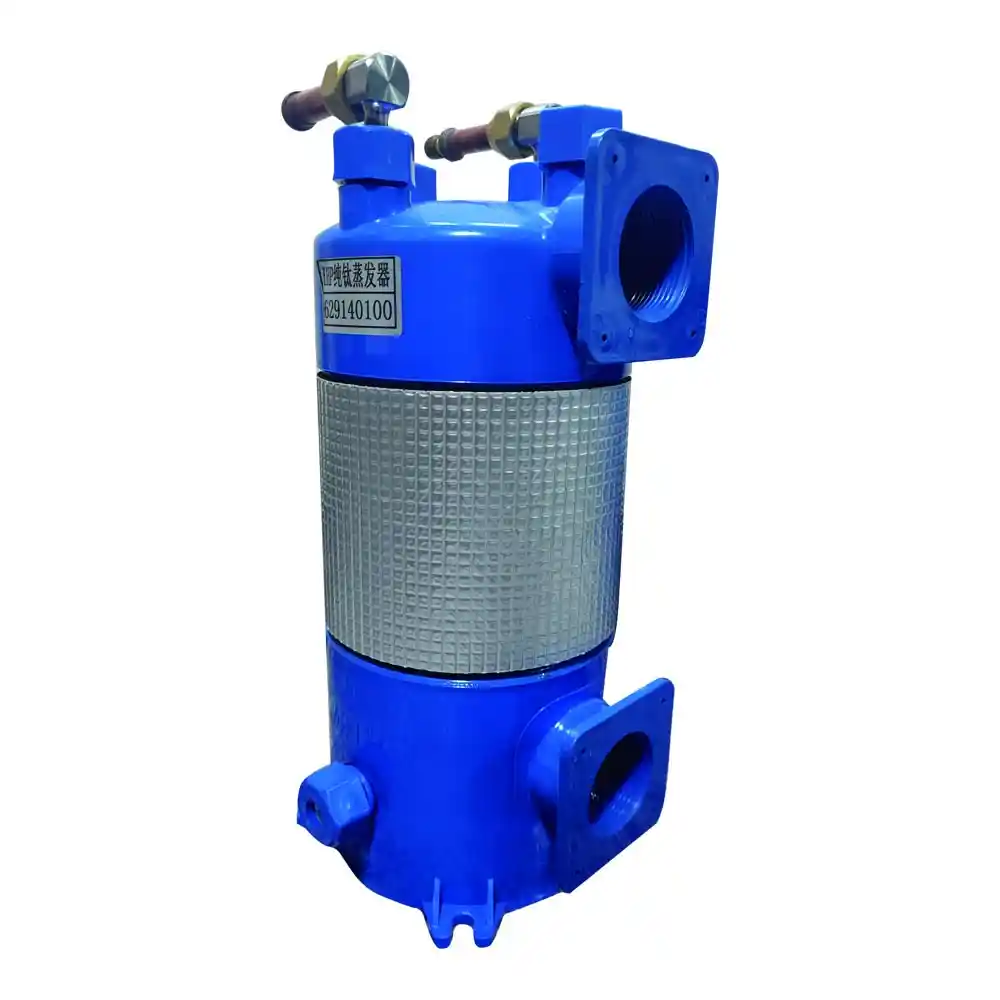1. Introduction
In the construction of titanium coil heat exchangers, the selection of suitable fittings is crucial for efficient and reliable operation. Push-to-connect fittings have gained popularity due to their ease of use and time-saving assembly process. This article explores the significance of push-to-connect fittings in titanium coil heat exchangers, their impact on assembly efficiency and reliability, and provides a comprehensive analysis of their characteristics and suitability for specific applications. We will delve into the design principles, advantages, and limitations of push-to-connect fittings, supported by relevant data and comparative analysis.
2. Understanding Push-to-Connect Fittings in Titanium Coil Heat Exchangers
Push-to-connect fittings offer several key advantages when used in titanium coil heat exchangers:
2.1 Quick and Easy Installation
Push-to-connect fittings are designed to simplify the assembly process by allowing for quick and easy installation without the need for specialized tools or complex procedures. The fittings incorporate a push-to-connect mechanism that enables the secure connection of tubes by simply inserting them into the fitting. This feature significantly reduces assembly time and labor costs associated with traditional fittings.
2.2 Leak-Free Sealing
Push-to-connect fittings utilize sealing mechanisms such as O-rings or gripping collets to ensure a leak-free connection between the tube and the fitting. These sealing mechanisms provide a reliable barrier against fluid leakage, maintaining the integrity of the heat exchanger and optimizing its performance. The ease of installation also minimizes the potential for human error, ensuring consistent and effective sealing.
2.3 Versatility and Flexibility
Push-to-connect fittings offer versatility in terms of tube sizes and compatibility with different materials. They are available in various configurations and can accommodate a wide range of tube diameters and materials, including titanium. This flexibility allows for easy integration into different heat exchanger designs and simplifies the replacement or modification of components if required.
3. Limitations and Considerations
While push-to-connect fittings offer numerous advantages, it is essential to consider their limitations and potential challenges:
3.1 Pressure and Temperature Ratings
Push-to-connect fittings have specific pressure and temperature ratings that need to be considered during the design and operation of the heat exchanger. It is crucial to select fittings that can withstand the intended operating conditions to ensure their long-term reliability. Exceeding the specified ratings may lead to premature failure and compromise the overall performance of the heat exchanger.
3.2 Tube Compatibility
Push-to-connect fittings are generally compatible with rigid tubes, such as copper or stainless steel. However, they may not be suitable for certain types of flexible or soft tubes. It is important to verify the compatibility of the fittings with the specific tube material to avoid potential issues with sealing, stability, or long-term performance.
4. Comparative Analysis of Push-to-Connect Fittings
Let’s compare the performance and characteristics of commonly used push-to-connect fittings in titanium coil heat exchangers:
| Push-to-Connect Fitting Type | Advantages | Limitations |
|---|---|---|
| Brass Push-to-Connect Fittings | – Excellent corrosion resistance | – Limited temperature and pressure ratings |
| – Easy and quick installation | – May require additional sealing methods for high pressures | |
| – Cost-effective | ||
| Stainless Steel Push-to-Connect Fittings | – Superior corrosion resistance | – Higher initial cost compared to brass fittings |
| – High-temperature and pressure ratings | – Requires additional sealing methods for high pressures | |
| – Long service life | ||
| – Suitable for aggressive fluids |
5. Conclusion
Push-to-connect fittings offer significant benefits in the assembly and operation of titanium coil heat exchangers. Their quick and easy installation, leak-free sealing, and versatility make them a preferred choice for many applications. However, it is crucial to consider the pressure and temperature ratings, as well as tube compatibility, when selecting the appropriate fittings for a specific heat exchanger design.
By evaluating the advantages, limitations, and performance characteristics of different push-to-connect fittings, engineers and designers can make informed decisions to optimize the efficiency, reliability, and longevity of titanium coil heat exchangers. Comparative analysis and data-driven evaluations further contribute to the selection of the most suitable fittings for specific applications, ensuring successful project outcomes.


